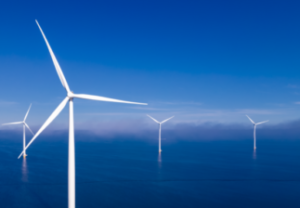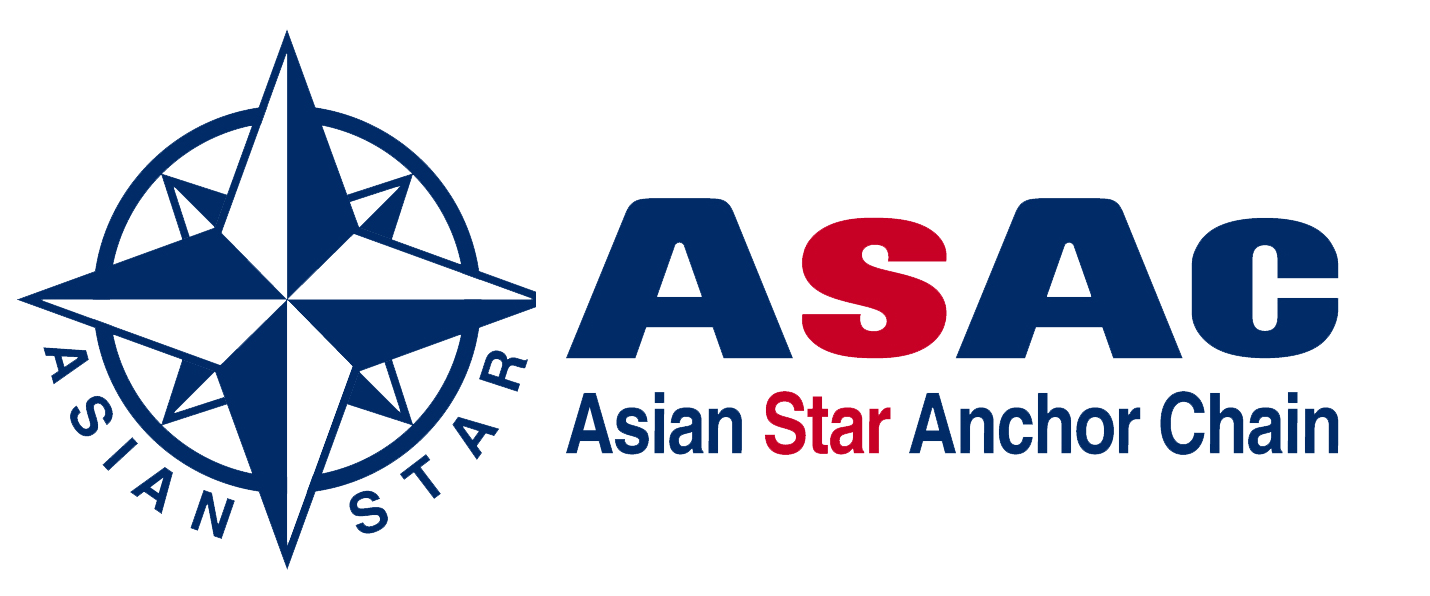Industry Trends & Development
- Home
- Resources > Industry Trends & Development
Industry Trends & Development
Wind energy has been a source of massive capital investment, as one of the fastest growing new industrial sectors in the world.
From 2015 to 2019 alone, wind energy generated over $652bn in investments. Ramping up installed wind capacity to above 270GW of capacity by 2030, +17.32% year-on-year, which is more than 6 times higher than the installed capacity of 35GW in 2020, would create additional annual investment of $207bn or over $2tn.
The wind industry will also continue to be a major driver of innovation and investment in R&D as the industry introduces the next generation of wind energy turbine platforms.
The wind industry is part of a vital push to renew the world’s energy infrastructure. Creating sufficient clean generation capacity, a flexible power grid that is ready for zero-carbon renewable energy and sufficient ports infrastructure for offshore wind are fundamental building blocks for wider economic recovery. With the expected availability of low-cost finance via stimulus packages, the coming years will be vital for creating the infrastructure of the future.
Wind energy is at the heart of the energy transition, a necessary shift to a sustainable future for our society and its people. Before COVID-19, the global community had started to make strong progress on implementing the Paris Accord to prevent damaging and irreversible climate change. The pandemic has created a temporary reduction in carbon emissions, but experience shows that these will quickly bounce back and it is vital that we redouble efforts to fix climate change for good.
Floating wind farms will be one of the mainstream source of energy moving forward
Recognizing that renewable energy is the way moving forward, ASAC is interested to work with all relevant parties (either in traditional wind farms using Monopiles) or wind farms adopting Tension Leg Platforms method. ASAC is open to work with all partners in generating sustainable and renewable energy.
The expected output capacity growth in wind farms is expected to be 104.3%. Come 2030, the estimated capacity is 16.5 GW versus the 0.057GW we are currently generating.
Within the next 5 years, the expected output capacity of wind farms is estimated to grow by 104.3%. Based on the analysis of GWEC in 2021, the capacity of offshore wind farms is estimated to be more than 16.5GW.
Currently, Europe is the market leader with 47% of the market share followed by Asia with 45% and North America at 8%. Even though the contribution of offshore wind farms is mediocre at 0.1%, it is estimated that by 2030, offshore wind farms will contribute up to 6.1% of energy generation.
The green and low-carbon transformation of the global energy system is accelerating, and offshore floating wind power may become the mainstream in the future
At present, offshore floating wind power projects have successively realized grid-connected power generation, laying the foundation for the large-scale development of deep-sea wind power. At the same time, major domestic offshore floating wind power demonstration projects are underway in an orderly manner. Among them, the world’s first typhoon-resistant floating offshore wind turbine, the “Three Gorges Pioneer”, has been connected to the grid for power generation.
Over the past decade, AsAc invested more than 10M RMB in both R & D of products as well as upgrading of its facilities with environmental protection in mind. Noise reduction walls, cleansing of waste gas and reducing the use of electrical energy by substituting with clean energy are some initiatives taken to ensure low carbon emission in manufacturing of its products. This is in line with the company’s aim to reduce carbon emission by 5,000 tons annually.


